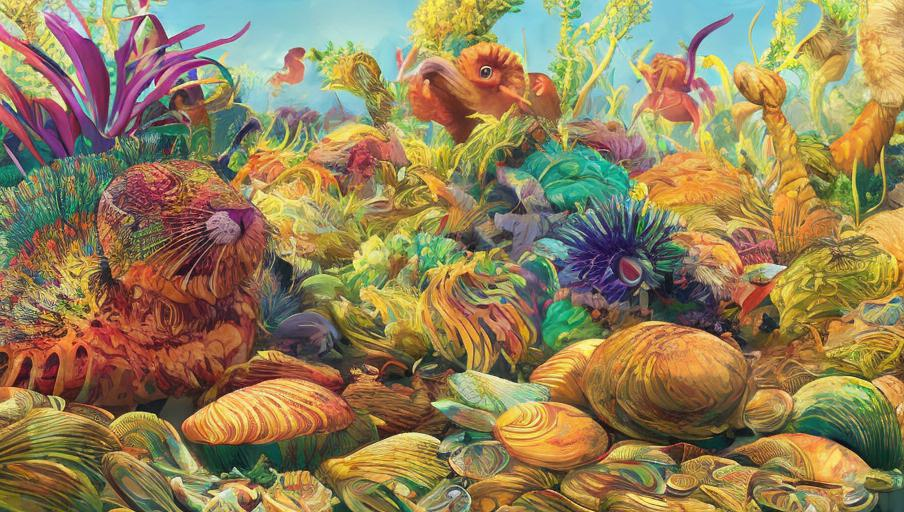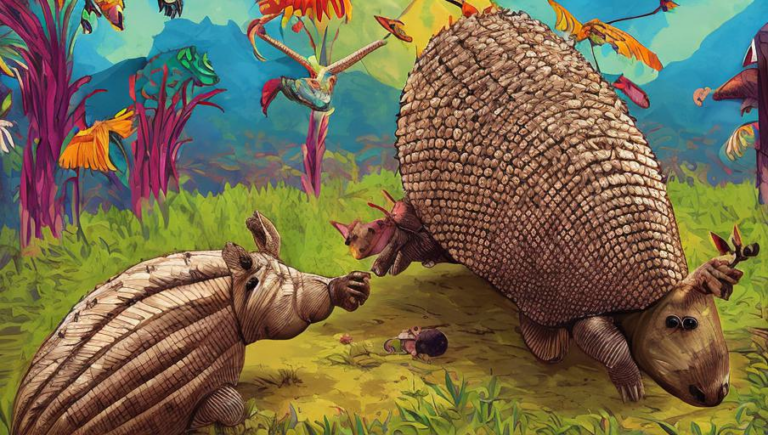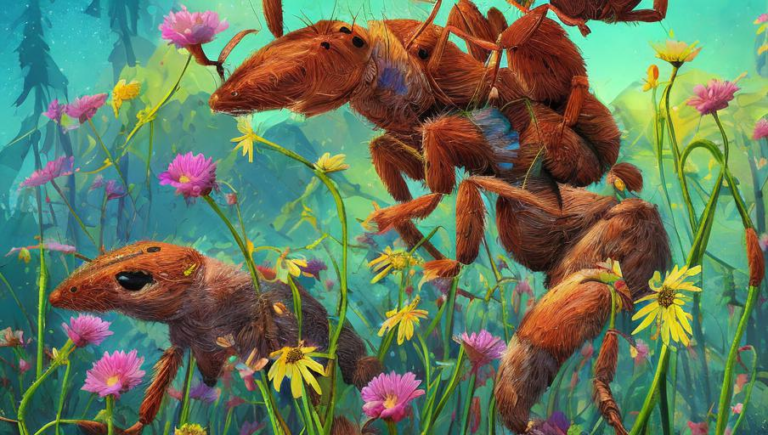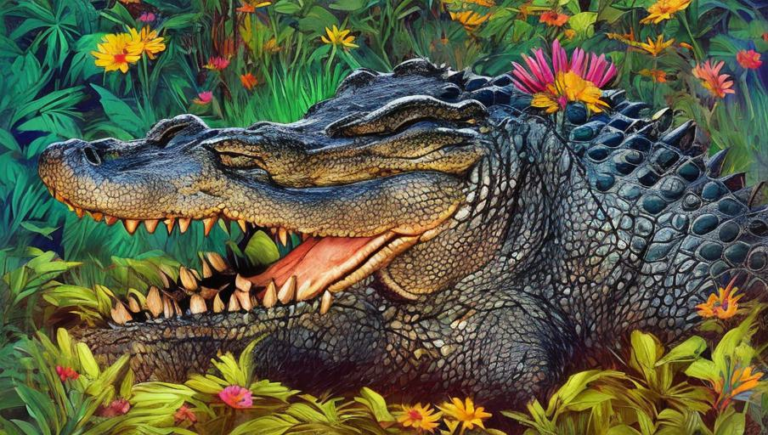Catching Clams: A Step-by-Step Guide to Collecting Clams Safely

Clams: An Overview
Clams are a type of mollusk that are found in most marine and freshwater environments. They are bottom-dwellers and use their strong shells to protect themselves from predators. Clams come in many sizes, colors, and shapes, and they can live in a variety of habitats, from sandy beaches to rocky shores. Clams are an important part of the food chain and are a source of food for many species, including humans.
Benefits of Collecting Clams
Collecting clams can be an enjoyable activity for those who are interested in learning about these fascinating creatures. It is also an activity that does not require any special equipment or skill. Collecting clams can provide a nutritious source of food, as well as a way to learn about the local environment. Additionally, it can help to preserve the local population of clams and prevent over-harvesting.
Safety First
To ensure everyone’s safety, it is important to follow a few basic rules when collecting clams. First, it is important to check local regulations to make sure that collecting clams is allowed in the area. Some areas may be closed to clam harvesting for conservation purposes. Additionally, it is important to wear protective clothing, such as waterproof boots and gloves, to avoid cuts from shells and other sharp objects.
Finding Clams
Clams are most commonly found in shallow waters, often near the low-tide mark. The best way to find clams is to look for their shells or to use a rake or shovel to dig. When looking for shells, it is important to carefully inspect the area and be aware of any potential hazards, such as sharp rocks or broken shells.
Collecting Clams
Once a clam is found, it can be collected by gently prying it from the sediment. It is important to be careful not to damage the clam or its shell. Additionally, clams should only be collected when they are fully closed, as an open clam is an indication that the clam is dead and should be returned to the water.
Cleaning Clams
Once collected, clams should be cleaned before being consumed. To clean clams, they should be rinsed in cold, clean water and then soaked in a mixture of water and vinegar for 30 minutes. This will help to remove any sand or dirt that may be present. After soaking, the clams should be rinsed again in cold, clean water and then cooked or frozen for later use.
Conclusion
Clams are an important part of the food chain and can provide a nutritious source of food. Collecting clams can be a fun activity, but it is important to follow safety guidelines to ensure a safe and successful experience. With the right knowledge and safety precautions, collecting clams can be an enjoyable way to learn more about the environment and to provide a sustainable source of food.





